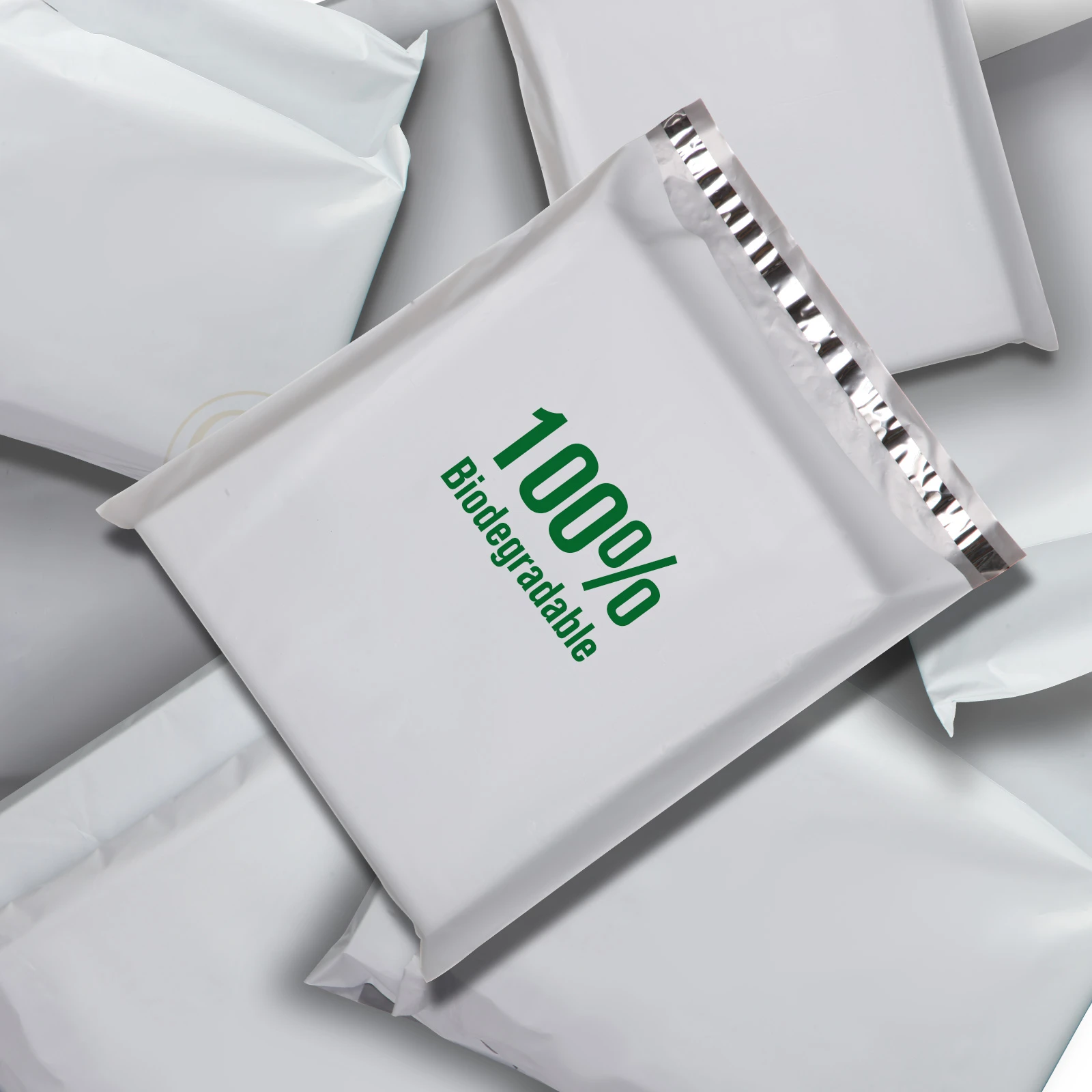Clear Elastic Stretch Wrap for Secure Packaging Solutions
Understanding Clear Stretch Wrap A Comprehensive Overview
In the world of packaging and logistics, clear stretch wrap plays a crucial role in ensuring that products are securely bundled and protected during transportation and storage. This versatile material has become a staple in warehouses, distribution centers, and even in household applications. In this article, we will delve into what clear stretch wrap is, its benefits, and some best practices for its use.
What is Clear Stretch Wrap?
Clear stretch wrap, also known as stretch film, is a plastic film that is stretched around items to keep them tightly bound. Typically made from linear low-density polyethylene (LLDPE), this type of wrap is engineered to be elastic, allowing it to conform tightly to the shape of the items it covers. Clear stretch wrap is available in various widths, thicknesses, and strengths, making it suitable for a wide range of applications.
Benefits of Clear Stretch Wrap
1. Protection from Elements One of the primary functions of clear stretch wrap is to protect goods from dust, moisture, and other environmental factors. This is especially important for items that are sensitive to water or dirt, as exposure can lead to damage or spoilage.
2. Secure Bundling Stretch wrap effectively keeps items together, preventing them from shifting during transportation. This bundling can help reduce handling time and labor costs as workers can move a unified load rather than individual items.
3. Visibility The transparency of clear stretch wrap allows for easy identification of goods during storage and transportation. This feature is particularly beneficial for inventory management, enabling employees to quickly locate and assess stock levels without unwrapping each item.
4. Cost-Effectiveness Compared to other packaging solutions, clear stretch wrap is relatively inexpensive. Its lightweight nature also reduces shipping costs, as it adds minimal weight to the overall package.
5. Versatility Clear stretch wrap can be used across various industries—from food and beverage to pharmaceuticals and retail. Its adaptability ensures that businesses of all types can benefit from its protective qualities.
clear stretch wrap

Best Practices for Using Clear Stretch Wrap
To maximize the effectiveness of clear stretch wrap, it is essential to follow some best practices during its application
1. Choose the Right Film Select the appropriate thickness and width based on the size and weight of the items being wrapped. For heavier loads, consider using thicker film to ensure sufficient strength.
2. Proper Stretching When applying the wrap, it’s important to stretch it adequately without overstretching, which can lead to tearing. A good rule of thumb is to maintain a stretch of around 50-75% to ensure a secure hold.
3. Wrap Methodically Start from the bottom and work your way up, overlapping each layer by about 50% as you wrap. This overlapping ensures that each section is adequately covered for maximum protection.
4. Secure the End Once you have finished wrapping, secure the end of the film properly; this can be done by tucking it under itself or using tape to ensure it does not unravel.
5. Use Equipment if Necessary For larger items or heavier loads, consider using a stretch wrap machine or dispenser. These devices can help evenly apply the stretch wrap, providing better tension and efficiency.
Conclusion
Clear stretch wrap is an indispensable tool in the realm of packaging. Its protective qualities, cost-effectiveness, and versatility make it ideal for various industries, ensuring that products remain safe during transit and storage. By following best practices for application, businesses can optimize their use of stretch wrap, ultimately enhancing their operational efficiency. Whether you’re in warehousing, retail, or any other sector, understanding and utilizing clear stretch wrap effectively can lead to improved product safety and reduced costs. As logistics and shipping continue to evolve, clear stretch wrap will undoubtedly remain a fundamental component of successful supply chain management.
-
Unlock Freshness with Premium Food Wrap RollNewsJun.04,2025
-
Smart Shipping Starts with the Right Mailing BagNewsJun.04,2025
-
Shine and Protect with OPP Bag PackageNewsJun.04,2025
-
Revolutionize Retail Packaging with T Shirt BagsNewsJun.04,2025
-
Elevate Waste Management with the Right Trash BagNewsJun.04,2025
-
Deliver Smarter with High-Quality Bubble MailerNewsJun.04,2025
-
Have the freedom of customizing your custom mailers any way you want! Our dedicated packaging support will help deliver you the mailing experience you need to elevate your shipping experience to the next level! Start making a strong impression on your customers and stand out from your competitors! -
LIYA uses high quality raw materials which directly purchased from large enterprises domestic and overseas such as PetroChina, Sinopec, Sabic, Equate, ExxonMobil, Dow Chemical, Total, and Borouge, ensuring the price advantage and quality of the raw materials. -
LIYA uses high quality raw materials which directly purchased from large enterprises domestic and overseas such as PetroChina, Sinopec, Sabic, Equate, ExxonMobil, Dow Chemical, Total, and Borouge, ensuring the price advantage and quality of the raw materials.





